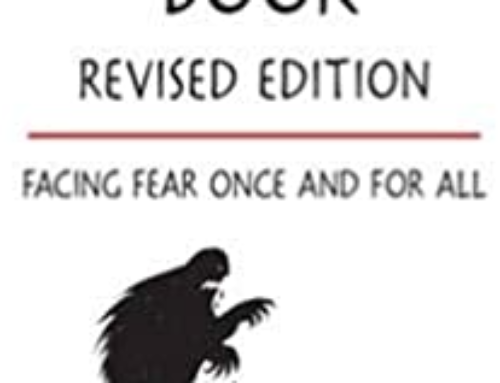That Word that you just Heard can Never Be Unheard.
In this series, we are going to look at simple ways you can use Hypnotic Language patters to communicate effectively with your customers. Like a laser beam into their brains that makes sense, but also causes an emotional response that can release those “good feeling” chemicals. From the book “Unfair Secrets of Hypnotic Selling with NLP” by Franz Anton Mesmer II.
“NLP is now very commonly used in advertising. And it is very effective.
Here is an example of something everyone is familiar with: Nexium. Nexium patent protections expired in 2001, and a competitor, Prilosec, was breathing down its neck. Prilosec costs $30 a month, and Nexium $200. This was a crisis for the company, and they responded aggressively with NLP.
Nexium’s parent company, AstraZeneca, put substantial money into advertising. Everyone knows the little purple pill” now, but that’s not the main story. The ads, targeting a public that wasn’t allowed to buy the product without a doctor’s prescription, started out with a surrealist visual movie that might have been designed by Salvador Dali, had he survived long enough.
What does that do? It puts you in a trance.
Ambiguity in any representational system (i.e., visual, auditory, kinesthetic, olfactory, or gustatory-VAKOG, for short) causes trance. The soundtrack gave a very confusing (trance again-confusion causes trance) commentary on such things as side effects.
When you hear it, you might think, “This can’t be an ad! They’re telling everybody all these reasons not to take it!” But you would be wrong. You would be wrong because they are pushing the pause button of your conscious mind with the dreamy, surreal movie and the confusing narration, and once your conscious mind has ground to a screeching halt, and you are feeling really good because of the dreamy, happy movie, and the bedtime music, they give you the hypnotic suggestion, and it is very, very effective.
Since it’s an ad for a medicine, they have to tell you of the side effects, but they didn’t let that stop them. Think of it as a court trial in which the Nexium manufacturer has to present both sides of the evidence to the judge, but gets to give a very hypnotic closing argument.
Never mind the horrible side effects it just told you about; the punch line of the ad is coming up, and it is a dandy. It is magically effective because everything that precedes it has put you in a good mood and, even more importantly, into a waking trance.
The ad ends up with the embedded command: “Ask your doctor if Nexium is right for you.” You will understand the significance of this after you read this book. You will learn that Nexium is right for you is a hypnotic command.
The conscious mind doesn’t understand it as a command, but to the unconscious, it is clear.
An embedded command is a message to the unconscious that is hidden in ordinary conversation, and invisible to the conscious mind. It therefore does not trigger the conscious resistance that the advertiser might want to avoid.”
That Word that you just Heard can Never Be Unheard.

